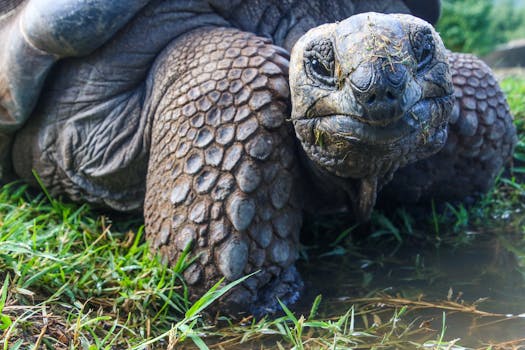Complete Guide to Exploring the Galapagos Islands, Ecuador
The Galapagos Islands, an archipelago located in the Pacific Ocean, are renowned for their unique wildlife and stunning landscapes. This UNESCO World Heritage site is a living laboratory of evolution, famously studied by Charles Darwin. With its diverse ecosystems, the Galapagos offer an unparalleled experience for nature lovers and adventure seekers alike. This guide will provide you with essential information on exploring the islands, including cruise options and wildlife viewing opportunities.
Getting to the Galapagos Islands
Traveling to the Galapagos Islands typically begins in Ecuador’s capital, Quito, or the coastal city of Guayaquil. From there, visitors can take a short flight to either Baltra or San Cristóbal Island, the two main entry points to the archipelago. It is advisable to book flights in advance, especially during peak tourist seasons, which run from June to September and December to January.
Choosing the Right Cruise
One of the best ways to explore the Galapagos Islands is by taking a cruise. Cruises allow you to visit multiple islands while enjoying the comfort of a floating hotel. Here are some key factors to consider when choosing a cruise:
- Duration: Cruises can range from 4 to 14 days. Shorter cruises may only cover a few islands, while longer ones provide a more comprehensive experience.
- Type of Vessel: Options include luxury yachts, mid-range boats, and budget-friendly catamarans. Choose one that fits your comfort level and budget.
- Itinerary: Different cruises offer various itineraries. Research which islands you want to visit and ensure your chosen cruise covers them.
- Naturalist Guides: Look for cruises that provide knowledgeable naturalist guides who can enhance your experience with insights about the wildlife and ecosystems.
Popular cruise operators include Celebrity Cruises, Lindblad Expeditions, and Quasar Expeditions, each offering unique itineraries and experiences.
Wildlife Viewing in the Galapagos
The Galapagos Islands are home to an astonishing array of wildlife, much of which is found nowhere else on Earth. Here are some highlights of the unique species you can expect to encounter:
- Giant Tortoises: The iconic Galapagos giant tortoise can weigh over 500 pounds and live for more than 100 years. Visit the Charles Darwin Research Station on Santa Cruz Island to learn about conservation efforts.
- Marine Iguanas: These unique reptiles are the only lizards that swim in the ocean. They can be seen basking on rocks or swimming in the sea.
- Blue-footed Boobies: Known for their striking blue feet, these birds perform elaborate courtship dances. They are often seen nesting on the islands.
- Sea Lions: Playful and curious, sea lions can be found lounging on beaches and swimming in the waters around the islands.
In addition to these species, the Galapagos are also home to numerous bird species, including the famous finches that contributed to Darwin’s theory of evolution. The islands’ diverse marine life, including colorful fish, sharks, and sea turtles, makes snorkeling and diving popular activities.
Best Time to Visit
The Galapagos Islands can be visited year-round, but the best time to go depends on your interests:
- Wildlife Viewing: June to September is ideal for observing marine life, while December to May is best for birdwatching and seeing nesting sea turtles.
- Weather: The warm, dry season runs from December to May, making it perfect for beach activities. The cooler, wetter season from June to November is ideal for wildlife enthusiasts.
Conclusion
Exploring the Galapagos Islands is a once-in-a-lifetime experience that offers a unique glimpse into the wonders of nature. From choosing the right cruise to witnessing extraordinary wildlife, every aspect of your journey will be filled with adventure and discovery. Remember to plan ahead, respect the delicate ecosystems, and embrace the spirit of exploration that the Galapagos inspire. Whether you are a seasoned traveler or a first-time visitor, the Galapagos Islands promise unforgettable memories and a deeper appreciation for our planet’s biodiversity.
